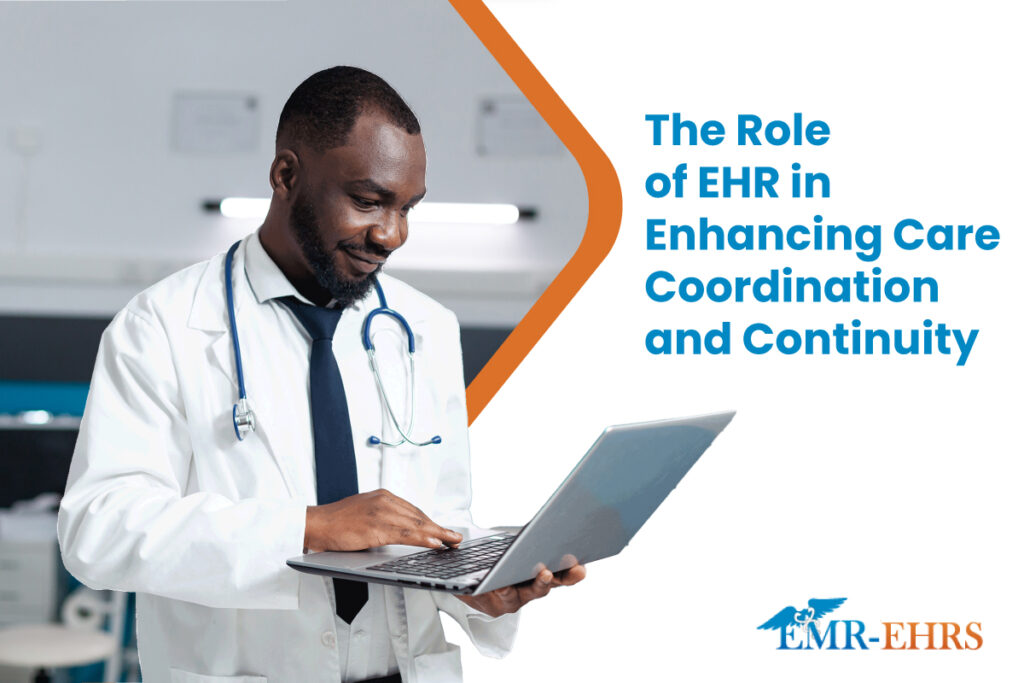
One main challenge that sleep medicine clinicians encounter with patient data care and management is the complexity of sleep disorders and the variability in diagnostic data.
Sleep medicine encompasses a range of disorders, such as insomnia and sleep apnea, that require specialized evaluations. The nuances of diverse diagnostic procedures and patient records pose a challenge for clinicians to manage data efficiently.
Sleep medicine practitioners collaborate with developers and vendors to customize electronic medical records (EMRs) or electronic health records (EHRs) for optimized patient data management. This blog highlights the benefits of EMRs in overcoming data management challenges in sleep medicine practice.
The Challenges in Sleep Medicine Patient Care
Sleep disorders cover many conditions, including insomnia, sleep apnea, narcolepsy, restless leg syndrome, and many others. Each disorder requires specific diagnostic tests, such as polysomnography (PSG), home sleep apnea testing (HSAT), multiple sleep latency testing (MSLT), and others. These tests generate large amounts of data, including physiological signals, sleep staging, respiratory events, and patient-reported outcomes.
Managing and interpreting this diverse array of data can be challenging for sleep medicine clinicians and practices. It requires robust systems and workflows for collecting, storing, and analyzing data accurately and efficiently.
Benefits of Implementing Sleep Medicine EMR
A sleep EMR is designed to ensure the accuracy and reliability of diagnostic data through seamless integration with various data sources and formats. This degree of integration streamlines the data collection process and ensures that test results are automatically imported into the patient’s electronic record.
An EMR must integrate with PSG machines and patient questionnaires to collect diagnostic data. This linkage provides sleep specialists with several benefits, including:
Improved Diagnostic Accuracy
Sleep medicine EMR systems have standardized protocols and templates for documenting patient encounters and interpreting diagnostic test results. These templates guide clinicians through the assessment process, which facilitates accurate interpretation of findings.
Enhanced Patient Engagement
Sleep medicine EMR systems enable patients to access their personal health information securely. Patients can review their sleep study results, medication lists, treatment plans, and other relevant data directly through the EMR portal.
Also, many EMR or EHR systems include informational materials about sleep disorders, treatment options, lifestyle modifications, and sleep hygiene practices. By providing access to educational content within the EMR portal, patients can learn more about their sleep condition and make informed decisions about their care.
Streamlining Administrative Tasks
Sleep medicine EHR or EMR systems automate documentation by allowing clinicians to input patient data directly into the electronic record during appointments, eliminating the need to manually transcribe handwritten notes and saving time spent on manual data entry.
In addition, EMR systems can integrate with insurance databases to verify patient insurance coverage and eligibility in real time.
Data-Driven Insights
Sleep electronic health record software incorporates data analysis tools that allow clinicians to track trends in patient symptoms, test results, and treatment responses over time. By identifying patterns and correlations in the data, clinicians can refine their diagnostic approach and adjust treatment plans as needed.
Key Features of Sleep Medicine EMR Solutions
EMR-EHR provides a roundup of integrated EMR features sleep specialists use to manage diagnostic data and streamline patient care. These features include:
Customizable Templates
Sleep medicine specialists utilize customizable templates in electronic medical record software to assess patients. These time-saving tools ensure consistent assessment across cases and help cover all relevant aspects of sleep disorders, reducing the risk of missing vital clinical information.
Integration Capabilities
Sleep specialists use the integration capabilities of EMRs to streamline workflows with diagnostic devices, guarantee secure data transfer, and reduce manual entry errors. These capabilities also extend to billing and telemedicine functionalities.
Secure Access and Compliance
Sleep medicine physicians take patient privacy very seriously and use strong access controls in medical records software to limit access to patient data based on roles. They work closely with us to ensure the software meets industry data security and privacy standards. This collaboration involves regular security assessments, vulnerability testing, and software updates to address potential risks.
Patient Portal
Implement online portals that allow patients to access their health records, including sleep study results, treatment plans, and medication lists. Our EMR-EHR patient portal enables patients to schedule appointments and communicate with sleep specialists.
Mobile Accessibility
A sleep specialist utilizes EMR software to enhance real-time data access and patient engagement in several ways:
- Mobile Application. Mobile applications enhance patient engagement by providing convenient access to healthcare resources. These mobile apps help patients access their health records, receive medication reminders, track sleep patterns, and communicate with their sleep specialists from their smartphones or tablets.
- Secure Messaging. Enable secure messaging functionalities within the EMR system to facilitate communication between specialists and patients. Patients can use secure messaging to ask questions, report symptoms, and request prescription refills.
- Telemedicine Integration. Integrate telemedicine platforms with the software for EMR to enable virtual consultations and remote monitoring. Telemedicine appointments allow sleep specialists to conduct follow-up visits, review treatment adherence, and adjust treatment plans in real-time.
- Appointment Scheduling. Online appointment scheduling through the EMR or patient portal allows patients to book appointments. Clinic staff use it to send automated appointment reminders via email or SMS to help reduce no-show rates.
Future Trends in Sleep Medicine EMR
Researchers have highlighted the multiple uses of AI in sleep medicine, according to a 2023 article published by Sleep Breath. These uses include scoring respiratory and sleep events in a sleep lab, diagnosing and treating sleep disorders, and improving population health.
Furthermore, the healthcare industry has become more open to AI and machine learning applications. In September 2023, an AI sleep disease analysis algorithm received approval from the US FDA. This algorithm analyzes large real-time volumes of multi-channel/time series sleep biosignals, which reduces sleep study significantly and facilitates timely diagnosis.
On the other hand, EMR software providers must conduct adequate studies to inform proper use and encourage greater acceptance of AI-integrated EMRs.
Takeaway
Sleep medicine clinicians working with patient data management face the challenge of dealing with complex sleep disorders and varying diagnostic data. To enhance the efficiency of managing patient data and improving care, sleep medicine practitioners collaborate with EMR or EHR providers to customize their software solutions.
Tap Into Our Expertise
Experience seamless integration with EMR-EHR! Our sleep EHR and practice management software, in partnership with 1st Providers Choice, streamlines diagnostic accuracy and clinic management tasks.
Have questions or need assistance? Contact us now to speak with one of our sleep EMR specialists!











